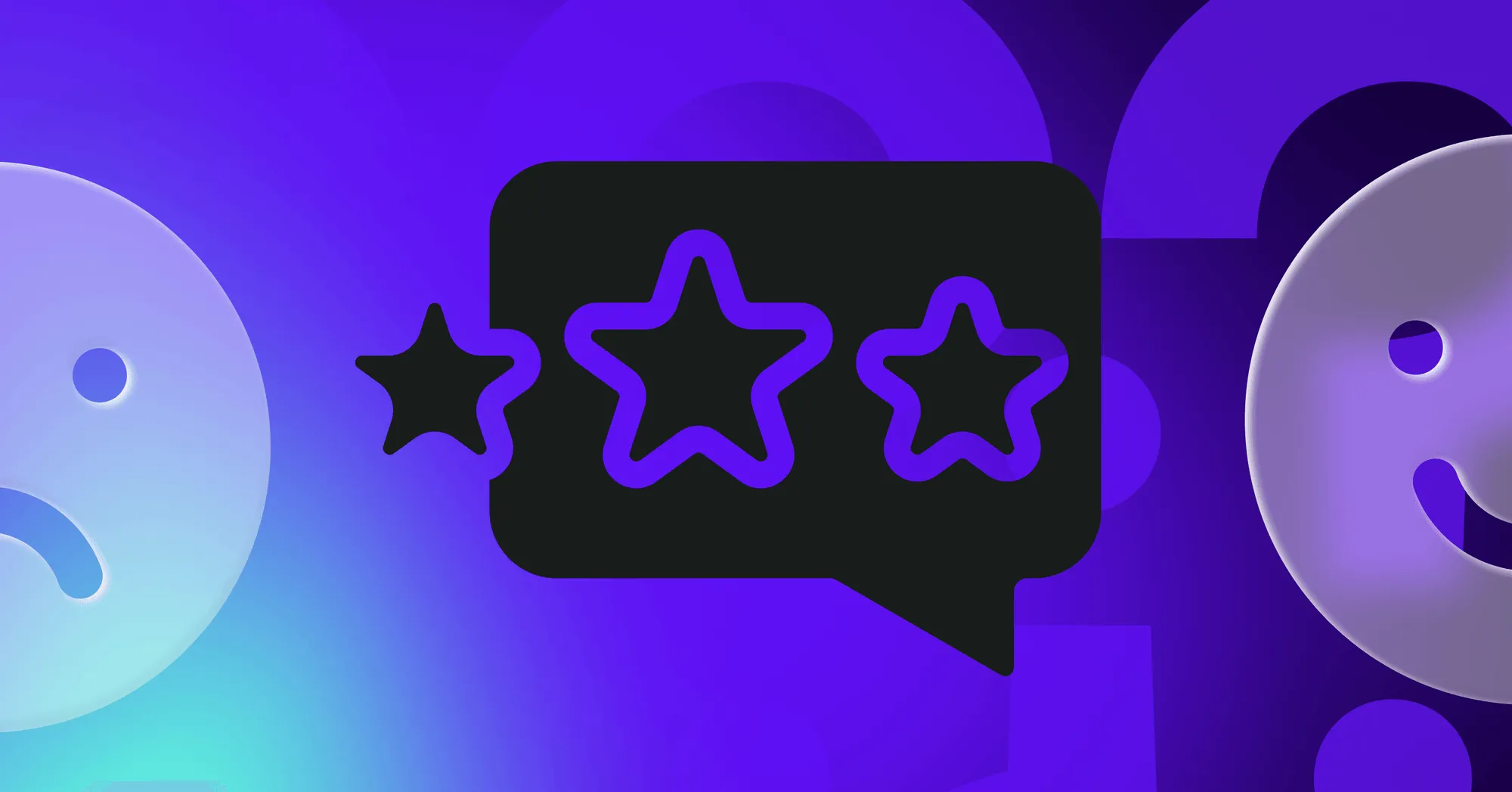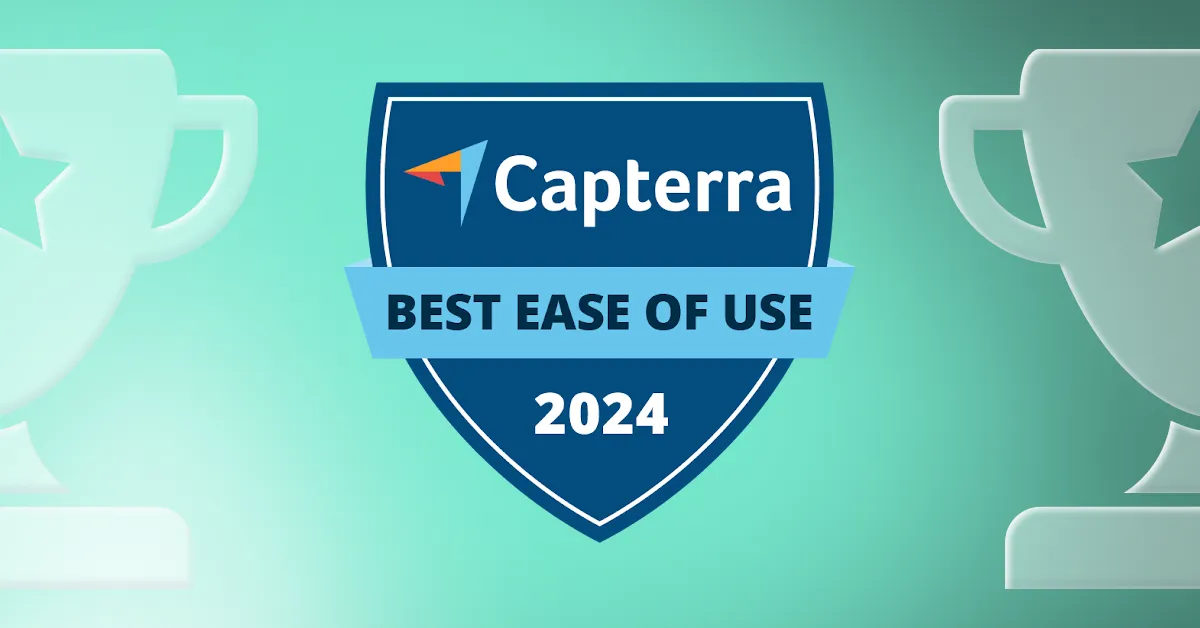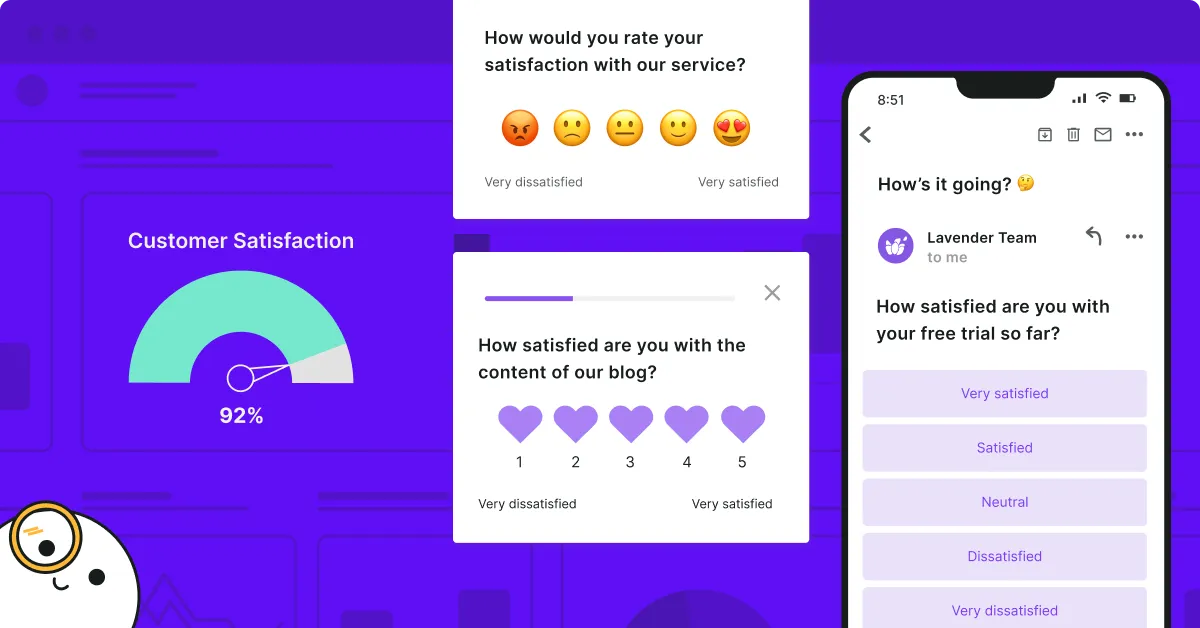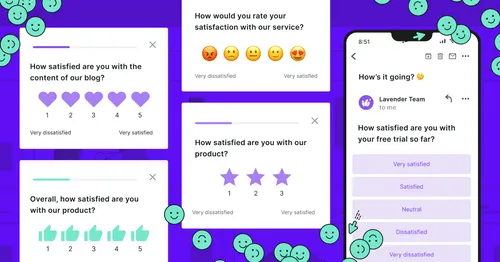There is barely a business out there with no Internet presence. And in the online world, competition is at every corner. There is always a brand that will have better prices, more availability, or more flexible subscription plans.

That’s why building solid relationships with your customers should be at the center of your marketing strategy. That means not only offering great products but also providing excellent customer service and exceeding expectations.
The work you put into making customers loyal can boost your revenue considerably. In this guide, we’ll go through what customer loyalty is, why you should care about it, how to measure it, and what you can do to improve it.
What is Customer Loyalty?
Customer loyalty is a measure of how likely customers are to continuously choose a given business’ product or purchase. Loyal customers will repurchase from a company even if competitors exhibit a better price or availability.
To build customer loyalty, you have focus on reducing friction, fix mistakes, and meet (or even exceed) customers' expectations. That way people will choose your product or service for the quality they know and love.
There are six stages of customer loyalty.
.avif)
Awareness
The first stage is awareness. This is when a customer learns about your brand for the first time.
Research
The second is research. This is when a customer learns more about your product, prices, reads reviews, and considers making a purchase. At this stage you can expect them to visit your website or get in touch with your team.
Purchase
If the research stage is successful, a customer will buy your product or service. This is when costs of acquisition pay off. You start to profit off of the customer, and begin to form a relationship.
Usage
Once a customer makes a purchase, they will use your product or service. This stage often happens without you, but you may want to reach out after a while to let the customer know you care about their satisfaction and doing business with them.
Repurchase
If they feel well-taken care of and satisfied with your product, the customer may repeat their purchase. This is also a good opportunity to ask for feedback. You can let them know how you’ve improved your products or service so they can be sure you are constantly working on its quality.
Recommendation
And lastly, the most loyal of customers will refer you to colleagues, friends, or family. They become brand advocates, a great source of feedback and word of mouth.
What Does Customer Loyalty Give You?
Let’s start with some customer loyalty statistics. Maintaining existing customers is about 5 times cheaper than acquiring new ones.
Imagine your business as a bucket and customers as water you fill it with. If the bucket has a hole, you will need to put a lot of water in very quickly to maintain the same amount inside. Sealing that hole should be the first step.
Bain & Company claim that most businesses have to keep a customer for at least 12 months just to break even.
What’s more, repeat customers are more likely to spend more money than new ones. According to a study by McKinsey, repeat eCommerce customers spend twice as much as new ones.
The lifetime value of a customer that was referred is 16% higher than that of non-referrals. The retention rate is a further 37% higher.
It seems that such customers start out with a positive outlook on the company. Additionally, customers are likely to recommend a brand to “perfect fit” customers, doing the research for you!
And finally, Harvard Business School found that a 5% increase in customer retention can boost profits by 25-95%.
Customer loyalty increases customer lifetime value, makes customer acquisition easier, and ensures a boost of revenue. Happy customers will continue repurchasing, recommending you to others, and spread a positive word of mouth.
How Do You Measure Customer Loyalty?
Customer loyalty is a spectrum. A customer is rarely either loyal or disloyal. But there are some customer experience metrics that help determine how strong a brand’s customer base is.
Net Promoter Score (NPS)
The Net Promoter Score is a customer experience metric that evaluates how likely a customer is to recommend a product or service to someone else.
It is one of the most popular ways to measure customer satisfaction. Those likely to recommend a company are called promoters and can be treated as brand advocates. That is why the NPS question is considered the “ultimate question” regarding customer loyalty.
But NPS surveys aren't everything. Even if a customer signals that they are likely to recommend your product or service doesn't mean they will do it. That's why you should run an NPS campaign to close the feedback loop and actually get referrals.
You can also use a Customer Satisfaction (CSAT) survey to supplement your NPS results.
Repeat Purchase Rate
Loyal customers make repeat purchases. The Repeat Purchase Rate (RPR) is calculated by dividing the number of customers who have made repeat purchases in the last 365 days by the total number of customers over the 365 days.
The more loyal your customers are, the higher your RPR will be.
Lifetime Value (LTV)
The Lifetime Value (LTV) of a customer is the total amount of money they spent on your products or services. Obviously, the higher it is, the better your revenue.
Nonetheless, this statistic alone doesn’t provide much information about the reasons behind making purchases and ceasing business with a company.
The best way to make use of this metric is to track it over time. You want the average customer to spend increasingly more. Ideally, this would be the result of a longer subscription or more purchases, not just the result of inflation or price increase.
Churn Rate
Churn Rate is how many customers are abandoning a company. As mentioned above, maintaining customers costs less than getting new ones, so you want this metric to stay low.
To calculate it, you must determine a sample period. Then take the total number of customers at the end of that period and take the number of new ones. Divide this by the number of customers you had at the beginning of the period and multiply by 100%.
Disloyal customers are a great source of feedback. You can learn what makes customers cease business with you to find struggles in your customer journey. This can be done with a customer exit survey.
Building Customer Loyalty
Even the greatest product or service won’t help you if your customers are constantly met with bad experiences. What’s more, you should give your happy clients ample opportunity to recommend you.
Ensure Excellent Customer Experience
According to Harris Interactive, customers are willing to spend more if they are guaranteed great service. Not just that, but they’re likely to switch to a competitor if the service interaction was poor.
Focus on making sure your website runs smoothly...
…and the customer journey is as effortless as possible.
Constantly Develop and Improve your Product or Service
Never stop thinking about how to make what you’re selling better. Each market is different, but they all have one thing in common: ever-arising needs. Design is never finished.
The best way to find out how to improve your product is by asking the people who use it - your customers. Run a product survey to get their insights.
And then close the feedback loop by making sure the data reaches the right teams and changes are implemented.
Increase your Online Presence
85% of shoppers begin by searching for a product or service on Google. PPC ads and SEO are an important part of marketing strategy in the twenty-first century.
If the majority of your customer base comes from the internet, you should place your efforts into making sure your online presence is strong.
This includes social media, as 83% of online customers claim to be swayed by business posts on platforms like Instagram and Facebook. Make sure to set up profiles and provide content your customers will want to follow.
Start a Referral Program
As exemplified above, referred customers are more likely to be loyal from the get go and tend to spend more. Running a referral program can help you keep track of new customers who were referred.
Not convinced? Dropbox, for example, grew 3900% in just 15 months thanks to a referral strategy.
CRMs like Salesforce are great tools to help you track referrals as a lead source.
Wrapping up
Customer loyalty has many benefits, including increased customer lifetime value, easier customer acquisition, and higher revenue. Happy customers will keep buying from you, recommend you to others, and spread positive word of mouth.
The more loyal your customer base is, the less you’ll have to worry about competitors stealing them from you. This is why repeat business should be at the center of your marketing strategy.
Unlock valuable customer feedback insights by joining Survicate for free and test our essential features during a 10-day trial. Sign up now and explore our pricing to choose the plan that suits you best.









.webp)





